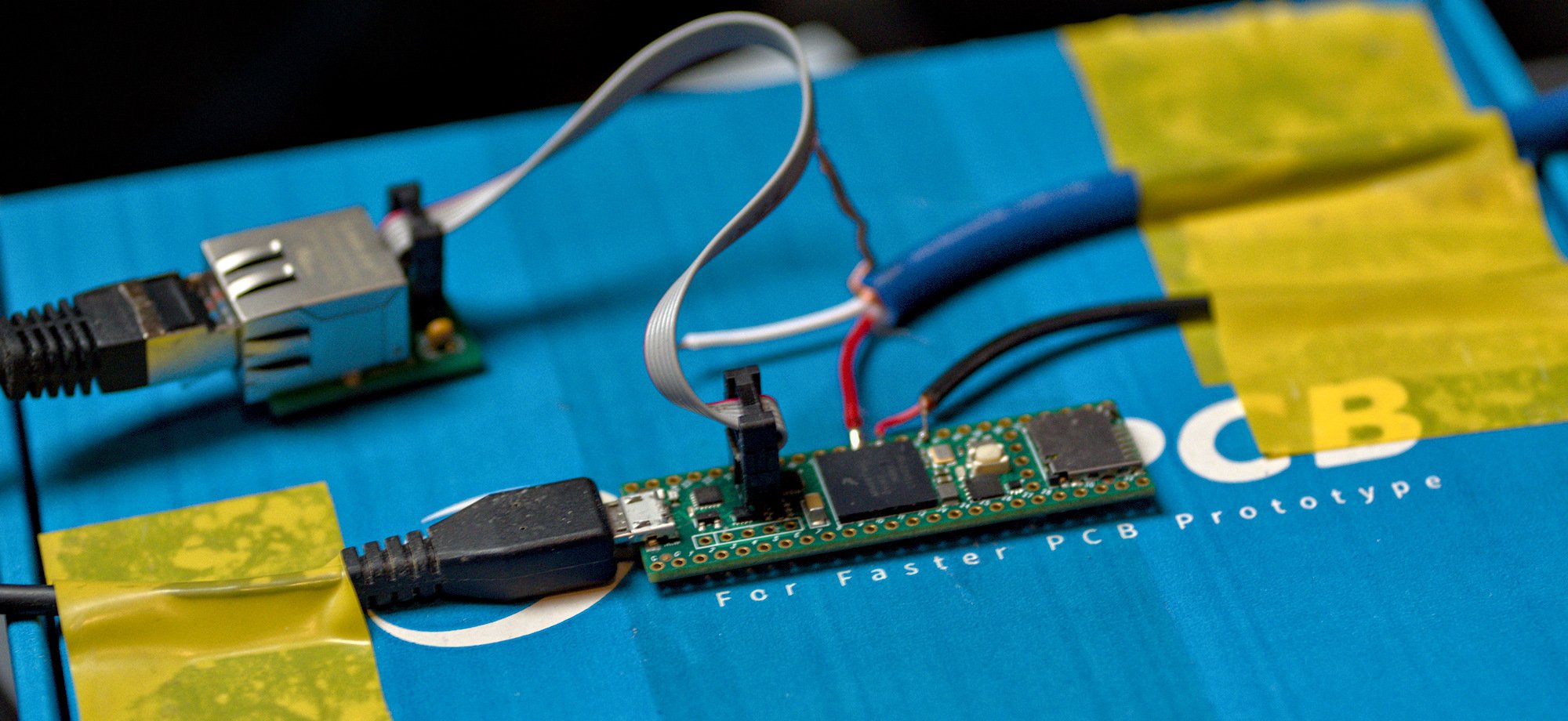Digital audio mixers have always been the magical tech from the future when I started messing with audio mixers. Back then the cost of those mixers was extremely far out of reach for home use, into the thousands of euros.
Prices for digital mixing has come down a lot, it's now possible to use tablets as control interface instead of having physical controls which drives down the price a lot. I've been using a borrowed Behringer X-air 18 for a while which is priced around €650. That mixer had to go back into production so now I'm mixer-less again.
Looking at the options
There's an annoying issue with audio mixers. To get a mixer that has a lot of features you also have to get a lot of channels. I used a lot of the routing and processing features of the X-air 18 but I only used 4 of the channels. If I switch to a smaller/cheaper version in the X-air series like the X-air 12 I still have way too many channels but I lose the multichannel usb audio interface part of it. Even the smallest version still takes up 2 rack units with features I don't need.
Going to the competition of the X-air series doesn't help either. There's only significantly more expensive and larger options or more limited hardware. This leaves me once again with the last option: build it myself.
Teensy Audio Library
While looking at options for hardware with audio I/O I came across the Teensy 4.1. This is a microcontroller board that has built-in 10/100 ethernet and has several digital audio interfaces. More importantly it already has a very nice library called the Teensy Audio Library for creating digital audio pipelines with it.
The hardware has a native USB interface that already has the libraries available to make the Teensy act like an USB audio interface. It also has two i2s/tdm interfaces for hooking up DAC/ADC chips. It is probably possible to create a 16-in 16-out mixer with this chip.
So I ordered the Teensy and started creating the software. The audio pipeline is easily designed using the web editor for the audio library to generate the pipeline code:

This creates a basic audio mixer with 6 inputs and 4 outputs. Since I don't have any extra hardware yet the development is done purely using the stereo USB input and output.
Every input channel has a biquad block which implements a parametric 4-band EQ. Then an amp block to do dynamics together with the detected signal level from the rms blocks. This creates a very simple channel strips with a compressor and EQ.
The second part of the pipeline is a fully connected 6x4 matrix of mixers. This allows routing any of the inputs to any of the outputs with signal levels controlled by the faders on the mixer.
After the mixer matrix there's amp blocks again for the output volume faders and rms blocks for the output VU meters.
Network control
So suprisingly the full DSP audio pipeline part was the easy part of the project. Just loading the generated code into the Teensy was enough to get audio running through the hardware after setting some default values in the blocks and hardcoding some values for the routing matrix. But a mixer you can't control or monitor is not a very useful mixer.
I want to control the mixer over a network connection because I got used to being able to open the mixer interface on any PC here to control my audio routing, in my case the audio output of multiple computers is routed to the mixer to get a mix to my headphones.
I also don't want to hardcode the control application I'd have to write for this mixer for this specific hardware so I have designed a network protocol that on connection describes the functionality and routing matrix to the control application and the control application dynamically creates a visual interface for it.

The control application is a Python GTK3 application and the Teensy side has a c++ class that implements this network protocol on top of the Teensy native ethernet controller. The network control code is fully separated from the audio code and with a few #ifdefs can probably be made more universal than that.
The network library (I've called it Mixolydian) broadcasts the existance of the mixer using mDNS so the clients can discover it and show a nice list of detected hardware in the UI. It has a TCP protocol for controlling the mixer that allows multiple clients to be connected at the same time and seeing the changes in real time. It also has a separate UDP protocol for sending over real time audio meters.
With this together there's now the components to make a digital audio mixer on any platform and add in the networking class to have a control application for it.
So why flexibility
The issue with making a 4 channel digital mixer is not everyone needs the same 4 channels. I need USB signals and multiple outputs. You might need 5 analog inputs instead and AES/EBU out only. So instead of making the exact mixer I need I made the opensource base to make any digital mixer. The protocol accounts for mixers that are significantly larger than what I made on a Teensy, the hard limit is 65535 connections in total (inputs and outputs combined).
Since the Teensy has multiple i2s interfaces which are easily broken out into ribbon connectors and it has some extra SPDIF hardware it is possible to make a somewhat modular tiny digital mixer from this. The only thing you need is plugging in modules and connecting it together in firmware.
There's a lot of options with this hardware. I want to put an 8x8 mixer into a 1U rack case with some led bar-graphs in the front. You can also make a 2-channel microphone interface in a desktop case with all hardware controls.
S/PDIF connectivity
So after I got USB signals running as a proof of concept I wanted to get some more audio channels to make it an actually useful audio mixer. I have ordered the Teensy audio shield which provides an unbalanced stereo input and output but while that is shipping through Europe I want to get some more development in.
Then I remembered I have an old Behringer Ultramatch Pro in the dusty racks of decommissioned hardware. This is a stereo input/output DAC/ADC that has S/PDIF and AES/EBU connectivity in a single rack unit.

This is a nice unit for debugging since it has many blinkenlights for showing the status of the connection. Luckily getting the audio output from the mixer working through this was very easy. I just added the spdif output block to the audio graph and soldered a cable to pin 14 of the Teensy wired directly to the RCA input of the Ultramatch. Immediately I had audio running to my headphones plugged into the Ultramatch.
The second part was getting the analog inputs of the Ultramatch wired as two mono input busses on the mixer so I can plug in microphones. The audio library has a nice input block called spdif_async that takes in any spdif signal and resamples it to match the clock of the Teensy audio pipeline.
Sadly this wasn't as simple as just soldering down a wire to pin 15 and getting it working. It turns out that this pin expects a TTL level S/PDIF signal while the Ultramatch outputs a coax S/PDIF signal that is 0.5v peak-to-peak. After trying to breadboard together some converter circuits I saw that the AES output is supposed to be 5V peak-to-peak. I've touched the hot wire from an XLR cable to pin 15 of the Teensy and suddenly I had an S/PDIF lock and input signal in the mixer. This is without connecting up ground or the cold signal from the connection.
I have now soldered down this single wire and taped everything down, it's wildly out of spec but works for development :)
Next steps
So short term there's a few things to do. Once I get the Teensy audio shield I'll be able to get audio I/O running using one of the i2s ports on the Teensy and I can put this all in one of those 1U rack project cases with nice connectors.
To make this a bit more nice and integrated and professional I'm working on a PCB design that carries a Teensy module and exposes the audio connections on pinheaders and seperate PCBs for connecting CODEC chips to that for audio input and output and probably some 48V phantom power. I'm not sure yet of the design but the nice thing about opensource designs is you can always modify it to what you need.
In the long term this needs to switch away from the really nice audio library to go beyond the 16bit 44.1KHz limitation of the library. The sample rate is not that problematic but clipping signals in a 16-bit integer audio pipeline is just way too easy.
Hopefully this is the start of a small open source digital audio mixer ecosystem and some more people will build digital audio mixers :D

